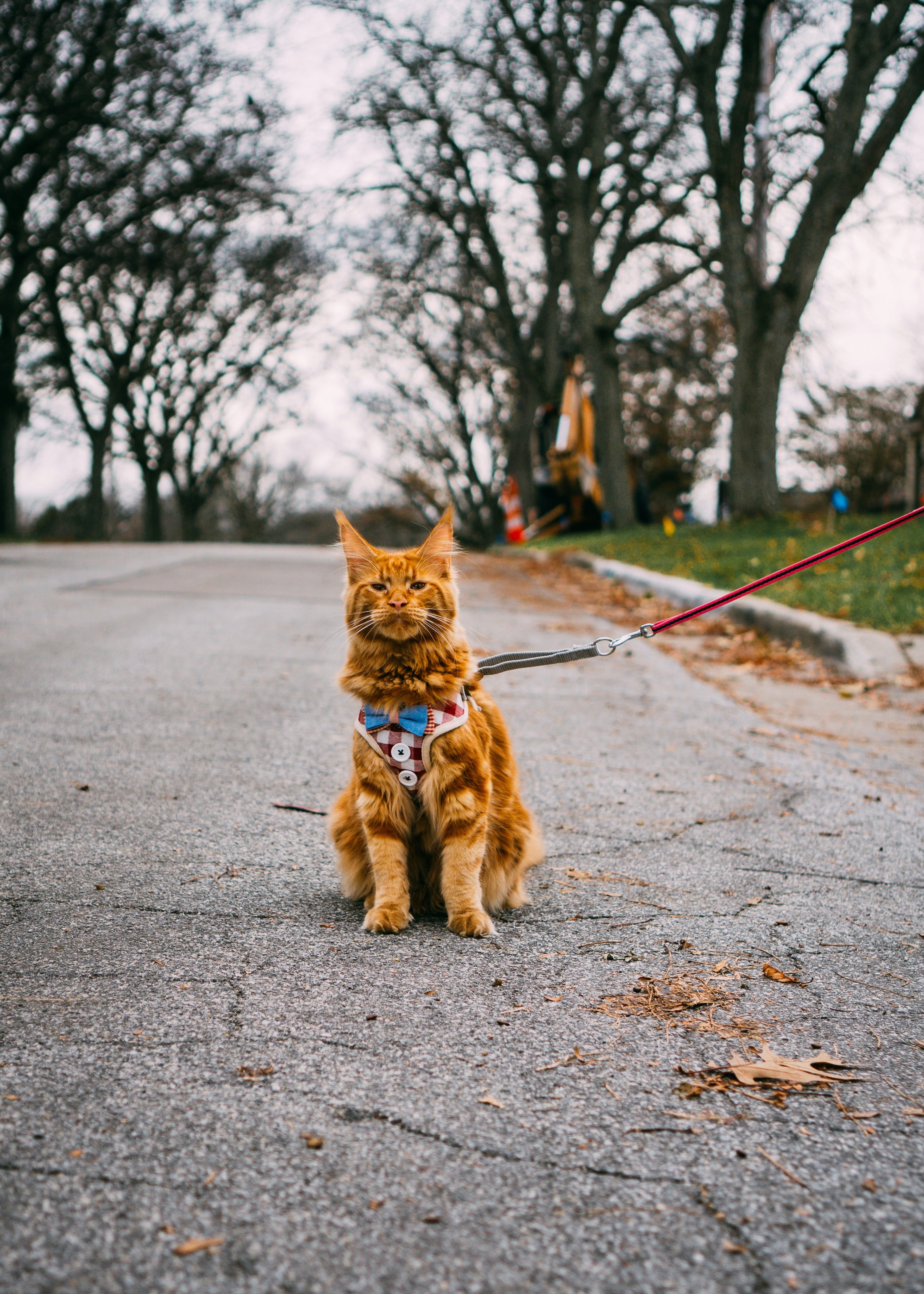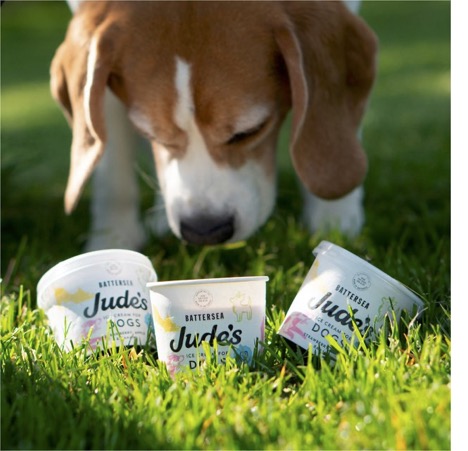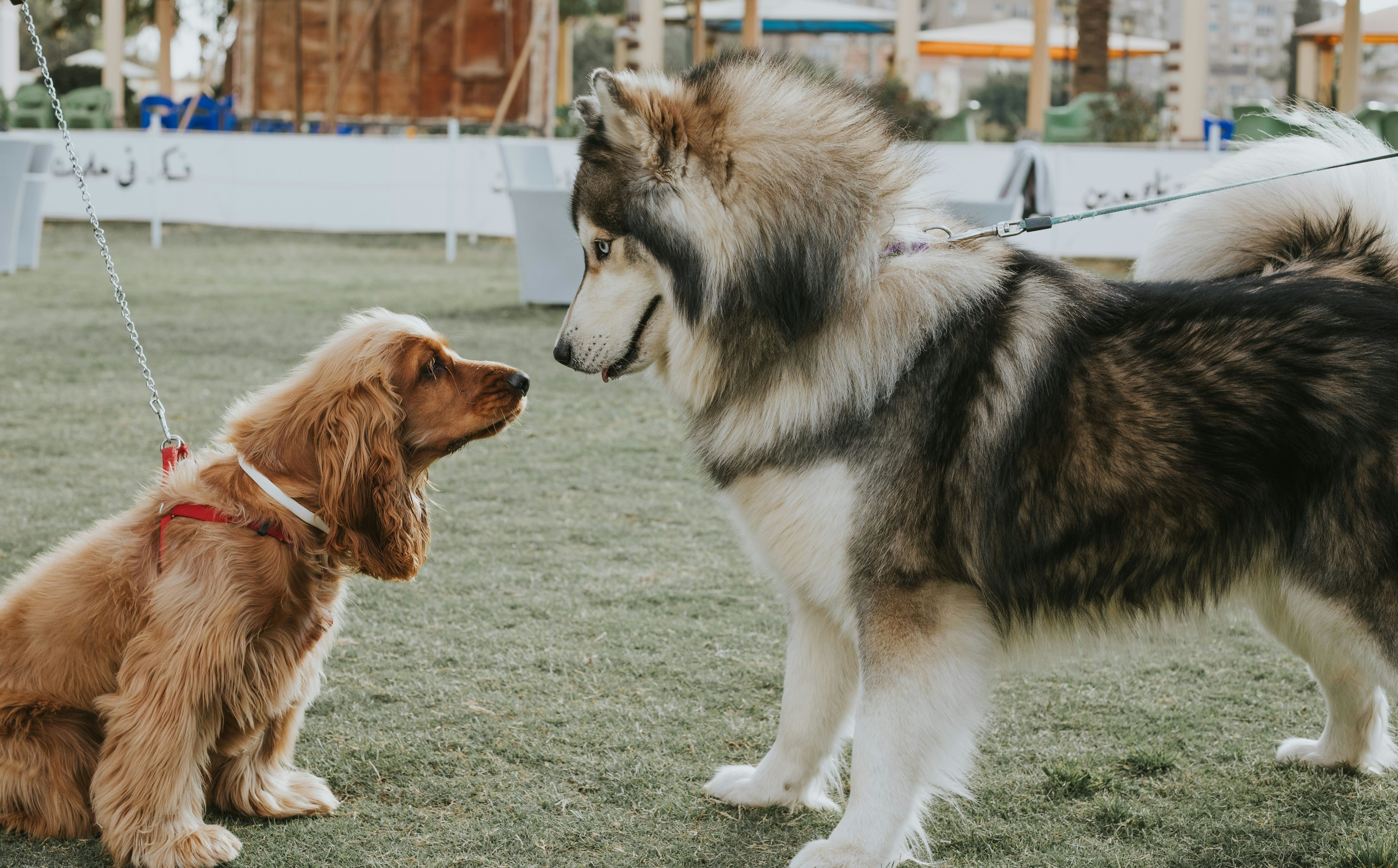The invisible map of the city
In most cities, our social lives are scheduled: dinners, meetings, apps, memberships. Casual encounters with new faces, unless orchestrated by close-knit circles, seem increasingly out of reach. If you’re not plugged into a social system, spontaneity is often a luxury.
Yet, for urban dog owners there is another kind of social network that is thriving. One that has no name. It is less structured yet surprisingly durable. Built not through plans but through paws: daily walks, repeat encounters, spontaneous conversations–not technology or calendars but by paws. Dogs draw us into their world, guiding us to the places they love: the strongest smells, the puddles to splash in, the fresh cut grass or where other potential friends are waiting. In these moments the leash is not entirely in our hands.
Inside these communities, identities shift, people are no longer defined by their job titles or even their own name, but as their pet’s plus-one or by the route they frequent. A viral video from China captured this perfectly: a woman invited to her dog-friend’s owner’s wedding signed the guestbook not with her name. Instead, she wrote: “Doggo Dudu’s mum.”
While dogs take centre stage here, it could just as easily be a sociable cat or even a duck. (Yes, duck-walking videos are an actual thing). Animals, with their regular rhythms, become intuitive and experiential urban planners, drawing humans into webs of connection, recognition and routine that would otherwise never exist.

Fragile, but alive
The joy of being led by a dog is never knowing who you’ll meet. The challenge is that these connections are delicate. You may know the spots where your dog’s friends gather, but encounters are brief and unpredictable. That fragility is also their richness. They thrive on rhythm and chance: the morning walk, the familiar park, the unexpected sighting while grabbing coffee on the way home.
Dogs also act as instant conversation starters. They remove the awkwardness of speaking to a stranger by offering an easy opener: “What’s his name?” “How old is she?” In an instant you’re no longer strangers, but ‘dog people.’
And the best part: these networks are sensory. The scents, sounds, textures, even subtle temperature shifts. A dog’s curiosity reshapes how humans experience the city.
Why it matters to keep it alive
In an age where voluntary solitude is rising and digital platforms dominate, dog-centred networks remind us of a different way to belong:
- Light-touch but impactful
- Spontaneous yet sustaining
- Embodied and energising
Pet-led encounters are low pressure, with no need for commitment or long conversation. It’s similar to the chitchat in smoke breaks, without smokes. TED speaker notes that even eight minutes of genuine conversation a day can ease loneliness - like the ‘20-minute walk’ often prescribed for mental health, small chats can have an outsized impact.
These networks aren’t scheduled in calendars but held together by loose rhythms of time and place: the morning routine, the Sunday stroll, the hidden shortcuts only the pros know. You might have a sense of what to expect, but you can never predict exactly what you’ll come across. Neuroscientists remind us that spontaneity helps us reset, easing stress and sparking creativity. The surprise of meeting a familiar wagging tail often lingers longer than something planned.
Animals experience the city through their bodies: walking, sniffing, listening, noticing the textures underfoot. It’s also the simplest way for us to revive dulled senses and tired cells. A UK survey of 2,000 adults found that those spending 20+ hours a week in green space were 41% more productive and far happier than those with less than 30 minutes. Even short bursts outdoors gave three-quarters of people a lift that lasted the rest of the day.
And maybe that’s the point. These networks are fragile - a dog tugging in a different direction, or a slower start to the morning, and the pattern shifts. For pets, these small adventures are vital to their wellbeing as city dwellers. For humans, they are gentle lessons in rhythm and presence, reminding us that not all meaningful connections are of our own making.
What does this mean for pet and human brands
If the paws are re-shaping how we connect in urban spaces, brands can look at how to acknowledge and support these webs of belonging. The key is not to formalise them, but to keep them playful and alive.
Technology
Pet technology can move beyond “where is my dog?” toward “who has my dog connected with?”. It could become a way to reflect and celebrate the social maps that pets are already creating. Features that help owners recognise each other as “Mochi’s mum” or “Milo’s grandpa,” or playful cues that spark serendipitous meetings, would acknowledge the bonds that form around pets without forcing them.
Insurance
Urban life in motion carries both joy and risk. Rough play, surprise adventures, and spontaneous travel are all part of these pet-centred networks. Insurance can be reframed as confidence: the reassurance that lets owners say yes to more experiences, knowing they and their pets can embrace adventure without worry.
Nutrition
Food and snacks already act as a conversation starter and a ritual at the park. Treats exchanged in the park, snacks shared during walks, or mealtimes observed by neighbours all create moments of recognition. Nutrition can be seen not only as fuel but as a cultural act - a way of marking connection, sparking conversation, and making small celebrations part of daily life. Jude’s multi-flavour dog ice creams are a great example: why keep small pleasures in theatres when they can be part of daily walks?

Beyond Pets
These observations don’t end at the pet aisle. Because so much of human routine and emotion is wrapped up in them, there is room for brands to be bold and use the power of imagination. Imagine a pair of chic jorts with gravy-proof pockets for bones or cat yogurt, and outdoor accessories could design with the rhythm of daily walks in mind. Even cafés and neighbourhood shops could position themselves as part of the routes and rituals that pets already shape.
What next?
If dogs are already mapping routes, routines and even our social lives, then the daily walk is not just a pet routine but a city’s secret operating system. Brands that step into this space aren’t just selling products or pet-care but supporting one of the only networks people still actually enjoy being part of.
References
- https://www.forbes.com/sites/traversmark/2025/01/31/how-the-8-minute-rule-can-help-us-fight-loneliness-by-a-psychologist/ https://alumni.arizona.edu/arizona-magazine/winter-2025/case-spontaneity https://nhscharitiestogether.co.uk/news/research/time-outdoors-can-make-you-happier-healthier-and-perform-better-at-work-new-research-reveals/ https://www.psychologytoday.com/us/blog/passion/202401/winging-it-the-importance-of-spontaneity https://www.self.com/story/how-to-live-longer-everyday-habits

